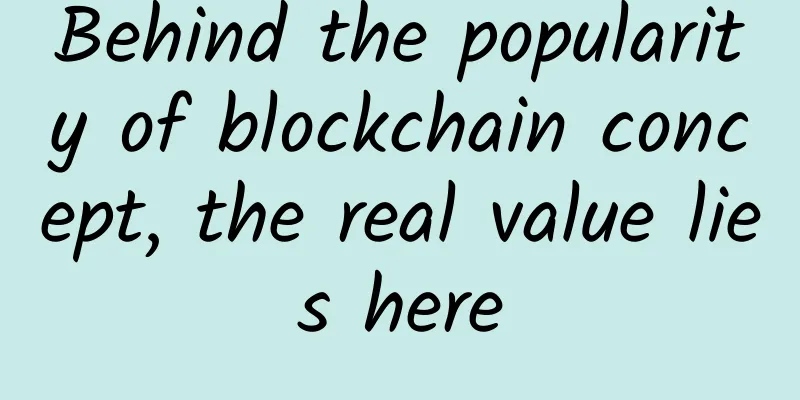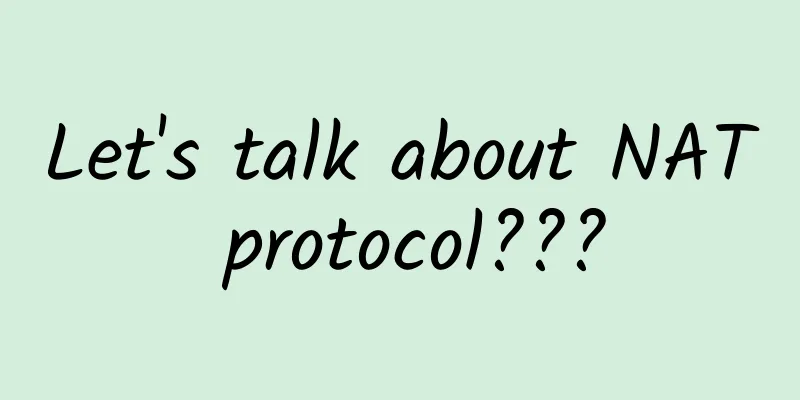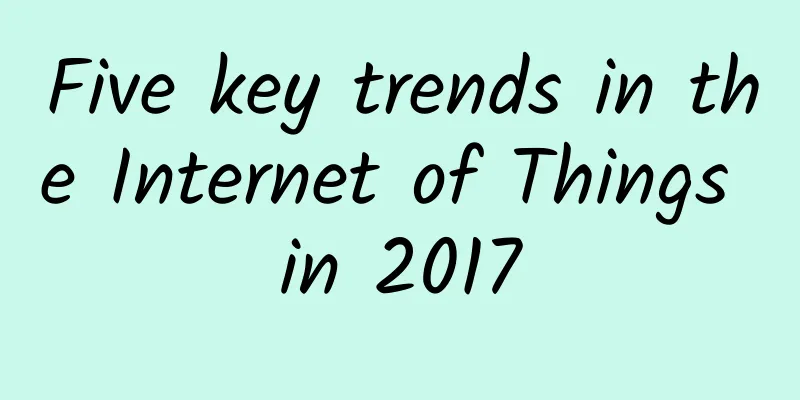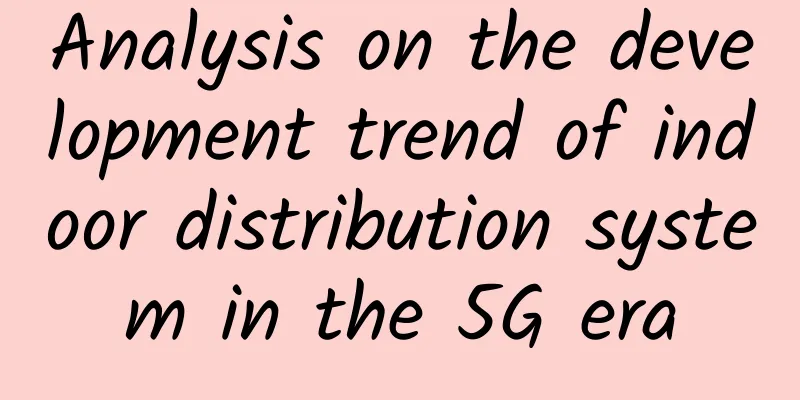Behind the popularity of blockchain concept, the real value lies here

|
In the era of Internet big data, people come into contact with data every day. They look at ratings when shopping and financial statements when investing in stocks. However, in this era of "traps everywhere", are the data really trustworthy? Have they not been tampered with? Some time ago, Kobe Steel, Japan's third largest steel giant, was exposed for tampering with the performance data of aluminum products; A-share listed companies have also frequently been exposed for falsifying financial statements in recent years... It is often said that real and untampered data is the basis of integrity. Usually, most people rely on government legislation and public opinion exposure to prevent malicious tampering by increasing the penalty for fraud. However, good laws require good "police". If tampering is not discovered in time, risks and losses cannot be completely avoided. If there is a technical means that can increase the difficulty and cost of data tampering, and allow others to quickly and cheaply check whether tampering has occurred, the prevalence of fraud will be greatly improved.
In 2017, the crazy rise of Bitcoin attracted much attention. Apart from the legendary time-consuming and power-consuming nature, what contributions has Bitcoin made to mankind? A very important point is that Bitcoin has built a highly reliable ledger that completely eliminates the tampering of the ledger. This is because Bitcoin uses blockchain technology as its underlying support, which ensures that currency transaction data will not be tampered with after being written into the ledger without administrative supervision. Industry insiders in the blockchain field call this "immutability."
So, how should we understand this invariance? How is it achieved? What is its relationship with ordinary people? This article attempts to answer these questions. What is blockchain immutability? Often, immutability means that something does not change over time. Taking Bitcoin as an example, transaction data is constantly expanding, so in the context of blockchain, immutability means that once a transaction is written into the ledger, no one can change it. Through blockchain, data providers can prove that the data they provide has not been changed, and data recipients can be sure that the data they receive has not been tampered with. It is worth noting that this immutability applies to everyone. The ledger maintained by the blockchain is different from the bank's account. For bank accounts, as an ordinary user, you can only read your own account book, but cannot change the historical data. However, other people with higher authority, such as the system administrator within the bank, have full data modification capabilities. Blockchain technology ensures that no one, including the system administrator, can modify historical records. However, the immutability of blockchain technology is not absolute. Let's take a simple example. You write a message and prepare to send it. Before sending it, you can modify it at will, and no one will know. If you have already sent it to a friend, this message has a certain immutability for you. If you want to change it, you can ask your friend to delete the original message, and then you resend it, so that others will not know that you have modified the message. So, what if you send it to many people in a group? This immutability is very strong for you, because you have to convince each recipient of the message to delete the original message. In theory, this is achievable, but the reality is cruel. The larger the number of group messages, the more difficult it is to change the data. Blockchain is based on the same principle. It is not difficult for data tamperers to tamper with data. The difficulty lies in how to prevent others from discovering the tampering. As long as others can quickly verify that the data has been tampered with, it means that the tampering has failed. This in turn increases the difficulty of modifying something. In summary, the immutability of blockchain contains two aspects: one is to create difficulties for attackers, and the other is to facilitate users to detect tampering. However, how is the specific process achieved? How to achieve the immutability of blockchain? In the financial field, ledgers record the transactions of assets, cash and other resources, and are very important financial records. Each of us has a corresponding bank transaction record, and the order of each record is usually sorted and numbered by time. This kind of transaction ledger is very easy for authorized people to tamper with. For example, they can slightly modify the content of several records, which is difficult to see without careful inspection. The following figure shows an example: someone has modified a line on page 4. You may find it difficult to see the difference because the change in the account book is not significant enough (see the figure below). Obviously, this kind of ordinary account book is very easy to tamper with, but it is very difficult to check whether it has been tampered with. According to this principle, any tampering by the user can be reflected in the change of page number. In order to make it easier to detect, we hope that even if the content is only slightly modified, the page number can be completely changed. One advantage of this is that it is difficult for tamperers to grasp the change of page numbers. So, if there is a ledger that associates the content of each page with the page number, no matter what kind of modification is made to the content of page 4, the page number will mutate, for example, after tampering, the page number of page 4 becomes 40, so that the tampering behavior can be quickly detected. This is the first main principle of blockchain anti-tampering: associating page content with sequential numbers. But this also brings a problem to the actual accounting process - since the page numbers are uncontrollable, it is difficult to generate continuous page numbers when accounting. So, how to maintain the order of the ledger? In the blockchain, when a new page of the ledger is added, the page number of the previous page of the ledger is written to the beginning of the current page, so that all the ledger pages can be sorted. A typical blockchain can be represented as the following figure: The first rule of a valid account book is that the page numbers of the two pages must be consistent. If the page link fails, it means that the account is false. With such an account book, how can we get a valid tampered account book? For example, if you modify a transaction on page 200, obviously the page number of page 200 will also change. Then, in order to maintain the consistency of the entire blockchain, you must modify the page number of the header record on page 201. Since page 201 has also changed, you must modify the page number of the header record on page 202. In other words, all ledgers after page 200 must be modified. At first glance, tampering with data only adds some tediousness, so we need a second rule. The second validity rule of a valid ledger is that each page number must be less than a fixed value. It is extremely difficult to meet the second rule because the mapping process from content to page numbers in the blockchain is highly unpredictable. Tamperers can only perform random tests continuously, which requires a lot of calculations. If you are unlucky, it may take hundreds of millions of attempts to modify a page. If an attacker is lucky enough to generate a valid tampered account book, the blockchain also provides a second prevention method for him: back up the unified account book on many machines. Comparing the account books on different machines is not that complicated, just compare the page number of the latest page. If you find that your account is different from most other people, you will know that you have tampered with it. In other words, you spent a lot of effort to forge an account book, but others can know that you have done it in less than a second. The only possibility of tampering is that you have a lot of computing resources and collude with a large number of attackers to rewrite most of the ledgers on the network at the same time, but this possibility is negligible, and the technology itself is sufficient to ensure the immutability of the blockchain ledger data. Application of immutability By using the immutability of blockchain, we can solve many practical problems. In addition to ensuring that data is not tampered with, which has been successfully applied in the financial payment industry, what other business scenarios may benefit from the immutability of blockchain? First, in the education certification industry. Materials such as diplomas and skill certificates directly reflect a person's ability and educational experience, and employers will have certain requirements for the ability of recruited personnel. As a result, some job seekers will forge diplomas as a stepping stone to enter the workplace. At present, the forgery of diplomas seems to have become an industry, and forged paper certificates are enough to be mistaken for the real thing. So, can we consider using blockchain technology to prevent certificates from being forged or tampered with? In recent years, MIT has used the Bitcoin blockchain to conduct certification tests and developed a corresponding certificate system for academic, professional, and labor certification. In October 2015, the system issued certificates to alumni who participated in the 30th anniversary celebration. In addition, the University of Melbourne also announced the launch of a blockchain certification and audit program, allowing students' credentials to be verified in a private, secure and durable way. Due to the unforgeability of blockchain certificates, on the one hand, it can allow employers to conduct academic qualifications more efficiently and also create a fair competition environment for outstanding talents. Secondly, in the medical industry. In recent years, medical disputes have occurred frequently, many of which are caused by incorrect information and omissions in medical records or prescription reports. So, how to prevent such incidents from happening? Using blockchain to store and protect all medical records of patients is an effective way.
At present, medical applications based on blockchain have gradually taken shape. Du, one of the largest telecommunications companies in the UAE, has established a partnership with NMC Healthcare, a large private medical service provider, and has begun using blockchain technology to store electronic health records. In this way, data integrity and zero errors can be ensured, while strengthening trust between medical service providers and patients. Another important issue is the production of counterfeit drugs. According to statistics from the World Health Organization, counterfeit drugs account for 10% of the pharmaceutical market, and the data in developing countries is close to 30%, which poses a threat to the health and safety of patients. At present, some research institutions including Intel and IBM have jointly launched an anti-drug counterfeiting project. In this project, each drug produced by a manufacturer will be accompanied by a corresponding production time record, even including the entire supply process and main ingredients of the drug, and saved on the blockchain, so that the production time and location of the drug can be detected at any time, thereby effectively combating counterfeit drugs on the market, which is of great significance to protecting the life and health of patients. Finally, it should be pointed out that, as blockchain continues to gain popularity, most people only regard it as another concept being hyped by the whole people. However, when we need to charge our mobile phones at any time today, we forget Faraday, the father of electromagnetism, who was ridiculed on the night of October 28, 1831; when we are used to shopping on Taobao today, we forget the various remarks that "online shopping equals fraud" more than ten years ago, and even forget the doubts that the Internet was faced at the beginning. When electricity and the Internet were invented, people often said "illusion" and that we only needed fuel and newspapers. Now you may laugh at how ignorant and pathetic people were at that time, but you don't know that you are also a substitute of the times. Since the birth of blockchain, it has been evaluated as "illusion" all the time, and Bitcoin has been criticized. However, no matter how many hacker attacks it has suffered, the building of integrity it has built has never been destroyed. Perhaps, one day in the future, "going to the blockchain" will be as common as "going online". How will you view yourself today? |
<<: The top five most popular network industry skills in 2018
>>: Slow Wi-Fi? Want to make it 4 times faster? Try these tips!
Recommend
IPv6 basics explained in one minute
1. IPv6 Background The most fundamental change of...
Six steps to prepare for a 5G IoT future
Gartner predicts that by 2023, there will be 49 m...
In the post-“number portability” era, where will users and operators go?
"Are you planning to transfer your number to...
Western European countries top global broadband speed rankings
[[423948]] Western Europe dominates the global in...
Digital disruption is sweeping the world, with 92% of organizations saying they have a digital transformation strategy
Recently, Cisco, together with IDC and other auth...
China Mobile's Cai Qian: 5G transmission is ready, SPN is about to usher in a new era of bearer
At present, 5G has become a hot topic in the indu...
Tsinghua Unigroup's H3C wins China Mobile's 2020-2022 IPS centralized procurement project with the largest share
Recently, China Mobile announced the bidding resu...
[Heavyweight Tips] 5 steps to build a wireless network!
Here's some heavyweight goodies today! Let’s ...
5G is coming. How can 2G/3G be smoothly decommissioned?
As global operators invest heavily in 5G, the top...
Are you still worried about network operations? SD-WAN is here to save you!
Software-defined WAN or SD-WAN is a great example...
Just now! ZTE Announcement: Affected by the rejection order, the company's main business activities can no longer be carried out!
On the evening of May 9, ZTE issued an announceme...
The web standard is always MIME version 1.0
Introduction There is no order without rules, and...
Thousands of face photos can be bought for 2 yuan! CCTV reveals the black market of AI! The truth is far more than this
On October 27, CCTV News reported last night that...
From R15 to R17, understand 5G's technological innovation in one article
In early June 2022, the 96th plenary session of t...









